Forums
- Forums
- Duggy's Reference Hangar
- Luftwaffe Library
- Blohm and Voss Bv 222
Blohm and Voss Bv 222
Post a reply
- Go to Previous topic
- Go to Next topic
- Go to Welcome
- Go to Introduce Yourself
- Go to General Discussion
- Go to Screenshots, Images and Videos
- Go to Off topic
- Go to Works in Progress
- Go to Skinning Tips / Tutorials
- Go to Skin Requests
- Go to IJAAF Library
- Go to Luftwaffe Library
- Go to RAF Library
- Go to USAAF / USN Library
- Go to Misc Library
- Go to The Ops Room
- Go to Made in Germany
- Go to Campaigns and Missions
- Go to Works in Progress
- Go to Juri's Air-Raid Shelter
- Go to Campaigns and Missions
- Go to Works in Progress
- Go to Skinpacks
- Go to External Projects Discussion
- Go to Books & Resources
-
8 years agoSun May 01 2016, 11:45am
 Main AdminThe wiking was initially developed for Deutsche Lufthansa, which ordered three of the type. Only the first prototype entered civil service with the remainder being developed into freight transports for the Luftwaffe. Nine prototypes were built, no two being alike. The V9 became the first of four production
Main AdminThe wiking was initially developed for Deutsche Lufthansa, which ordered three of the type. Only the first prototype entered civil service with the remainder being developed into freight transports for the Luftwaffe. Nine prototypes were built, no two being alike. The V9 became the first of four production
Bv 222C-0 aircraft.
Early aircraft were identified as V1 to V8. Production examples were designated C-09 to C-13.
Only 13 aircraft are thought to have been completed.
V1
V1 made seven flights between Hamburg and Kirkenes up to 19 August 1941, transporting a total of 65,000 kg (140,000 lb) of supplies and 221 wounded men, covering a distance of 30,000 km (19,000 mi) in total. After being overhauled at Hamburg, V1 was sent to Athens, from where it carried supplies for theAfrika Corps, making 17 flights between 16 October and 6 November 1941. The V1 was at this time unarmed, and was given an escort of two Messerschmitt Bf 110 heavy fighters.
Following these flights, the V1 returned to Hamburg to have defensive armament fitted, comprising a 7.92 mm (.312 in) MG 81 machine gun in the hull, two turret-mounted 13 mm (.51 in) MG 131 machine guns, and four 7.92 mm (.312 in) MG 81s in waist mounts. The registration was changed to X4+AH at the same time and the V1 formed the basis for the new air transport squadron Lufttransportstaffel 222 (LTS 222). Between 1942 and 1943, the aircraft flew in the Mediterranean theatre, until in mid-February 1943 it sank following a collision with a submerged wreck while landing at Piraeus harbour.
V2
The V2 (CC+ER) made its first flight on 7 August 1941, and after extensive testing was assigned to LTS 222 on 10 August 1942 as X4+AB. Since the aircraft was intended for long-distance overwater flights, in addition to the armament fitted to the V1 she received two rear-facing wing-mounted turrets with dual 13 mm (.51 in) MG 131s, accessed via the tubular wing spar which was 1 m (3 ft 3 in) in diameter.
In 1944, the V2 participated in Operation Schatzgr?ber ("Treasure Seeker"), the code name of a German weather station at Alexandra Land in the Arctic, whose sick crew needed to be evacuated. The BV 222 dropped a spare wheel for a Fw 200 which had sustained damage during landing near the station.
V2 briefly wore US markings in 1946. It had identification markings given to her from the original V5 aircraft for Operation Schatzgr?ber. V2 was later scuttled by the British who filled her with BV 222 spare parts from the base at Ilsvika to weigh her down. V2 was towed to a position between Fagervika and Monk's island and sunk.
"it is thought she now rests perfectly preserved on the seabed, owing to low oxygen levels in the water. There are plans to raise and restore this aircraft."
V3
The V3 (initially DM+SD) first flew on 28 November 1941, and was transferred to LTS 222 on 9 December 1941 After V1's sinking, V3 returned to Hamburg where she was armed. She was destroyed along with V5 on 20 June 1943 at Biscarrosse by RAF de Havilland Mosquitos of No. 264 Squadron RAF.
V4
Had an altered height tail, was also assigned to LTS 222 for Africa flights. It was scuttled at Kiel-Holtenau airport at the end of the war.
V5
See above for V3
V6
Was shot down on 21 August 1942 on the Taranto to Tripoli route by a Bristol Beaufighter.
V7
Made its first flight on 1 April 1943, was fitted with six 746 kW (1,000 hp) Jumo 207C inline two-stroke diesel engines. With a takeoff weight of 50,000 kg (110,000 lb) and a range of 6,100 km (3,800 mi), it was intended as the prototype BV 222C. It was scuttled at Travem?nde at the end of the war.
V8
Shot down on the same Taranto to Tripoli route as V6
C-09 was probably the BV 222 reported to have been strafed and destroyed by Hawker Typhoon aircraft of No. 439 Squadron RCAF on 24 April 1945 at Seedorf.
C-10 was probably the BV 222 reported shot down southwest of Biscarosse on the night of 8 February 1944 by a Mosquito of No. 157 Squadron RAF.
BV 222s were C-011, C-012 and C-013 were captured and subsequently operated by Allied forces:
C-012, captured at S?rreisa in Norway after the war.
C-011 and C-013 were captured by US forces.
Further reading -- https://en.wikipedia.org/wiki/Blohm_%26_Voss_BV_222
Below cockpit & engineers station.
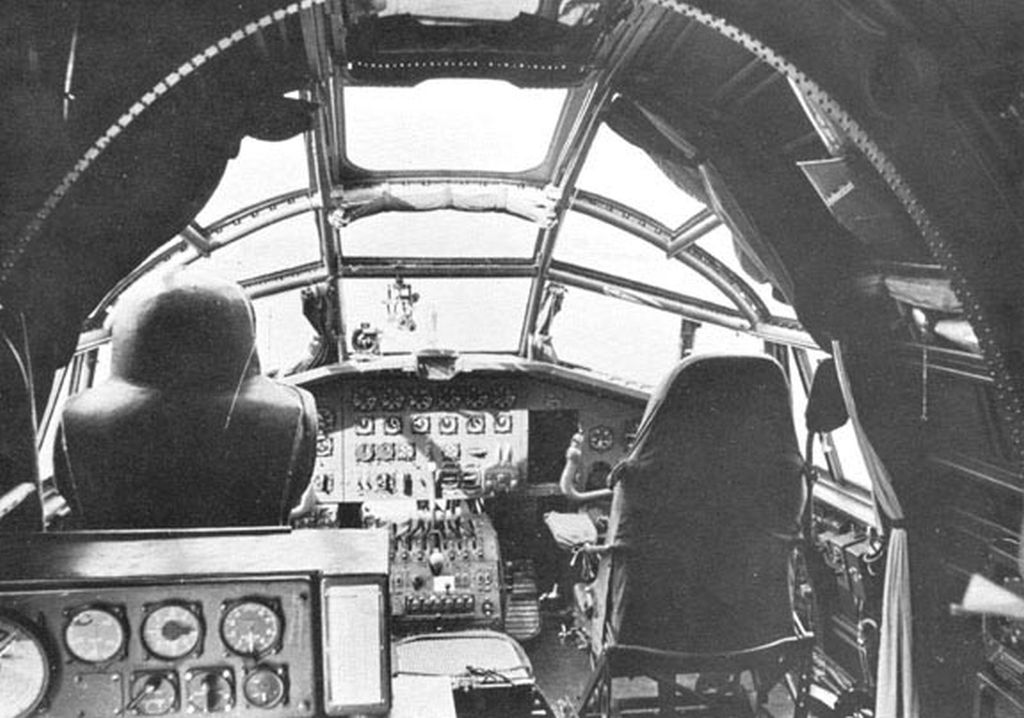
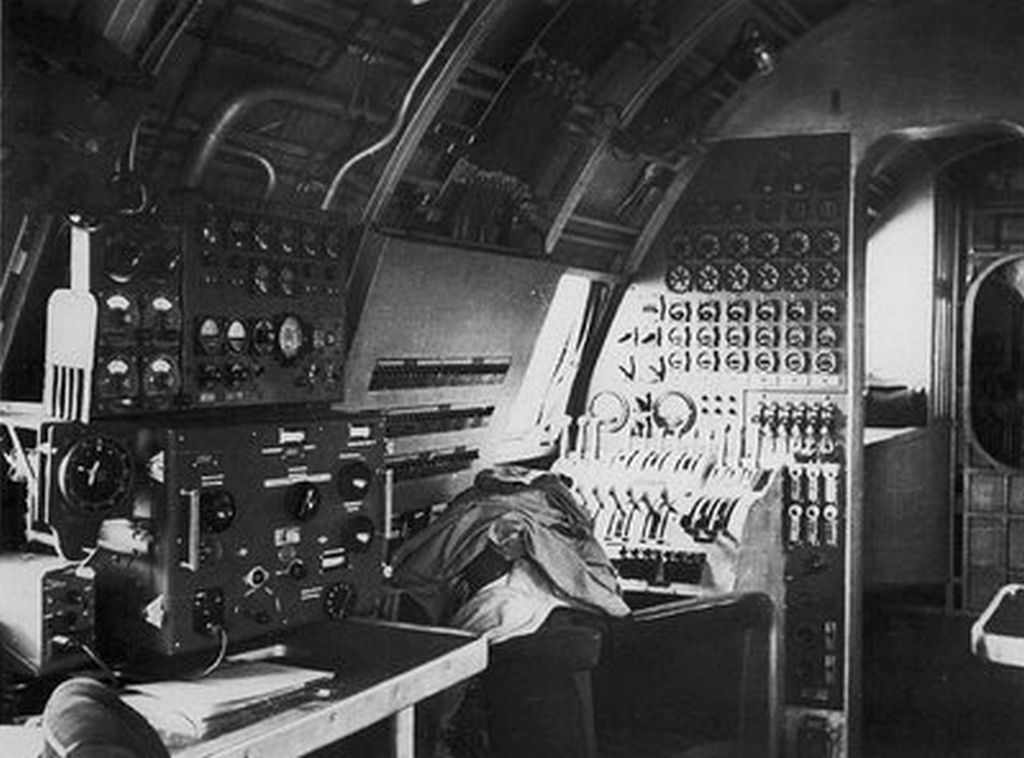
Prototype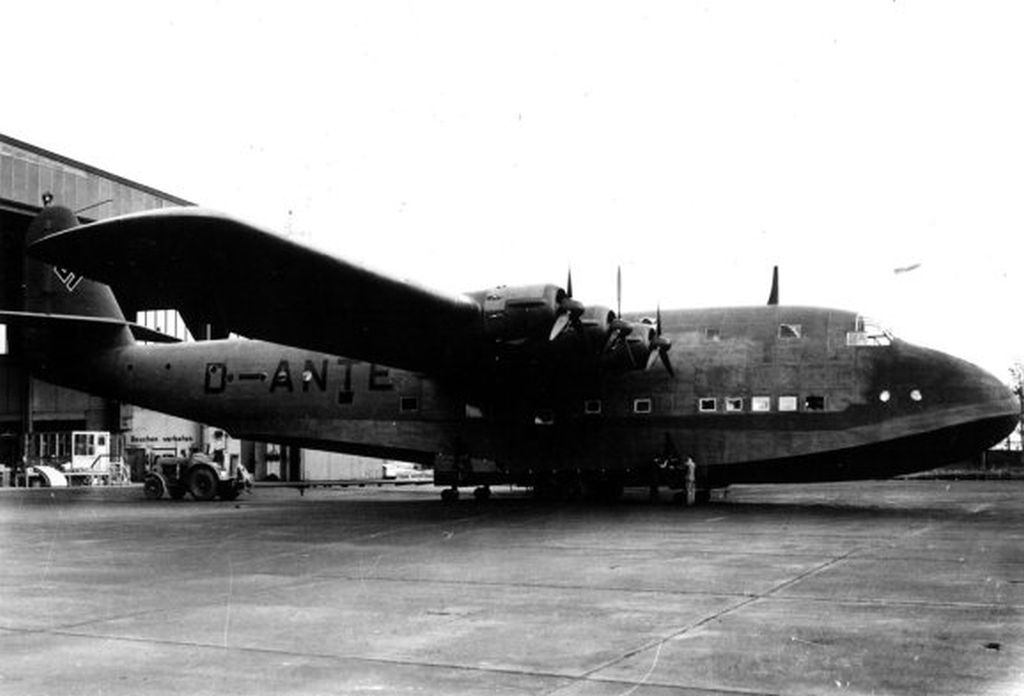
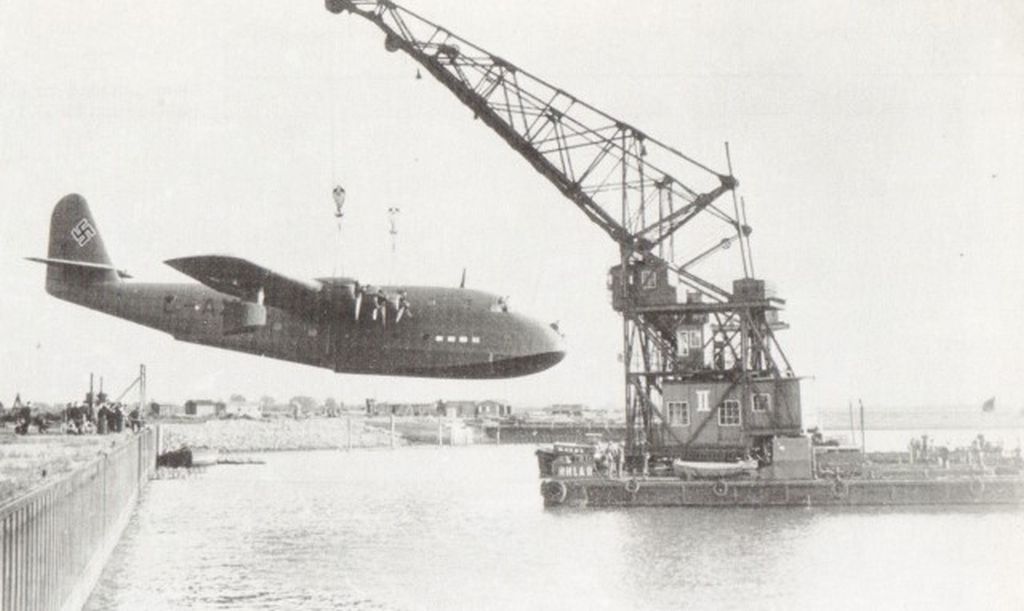
Enjoy the rest.
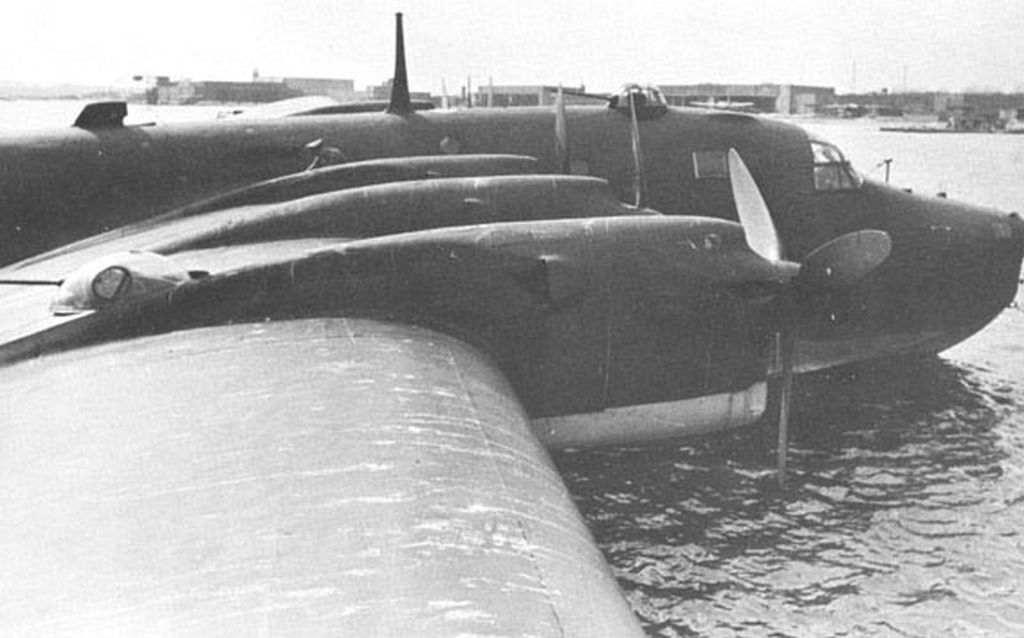
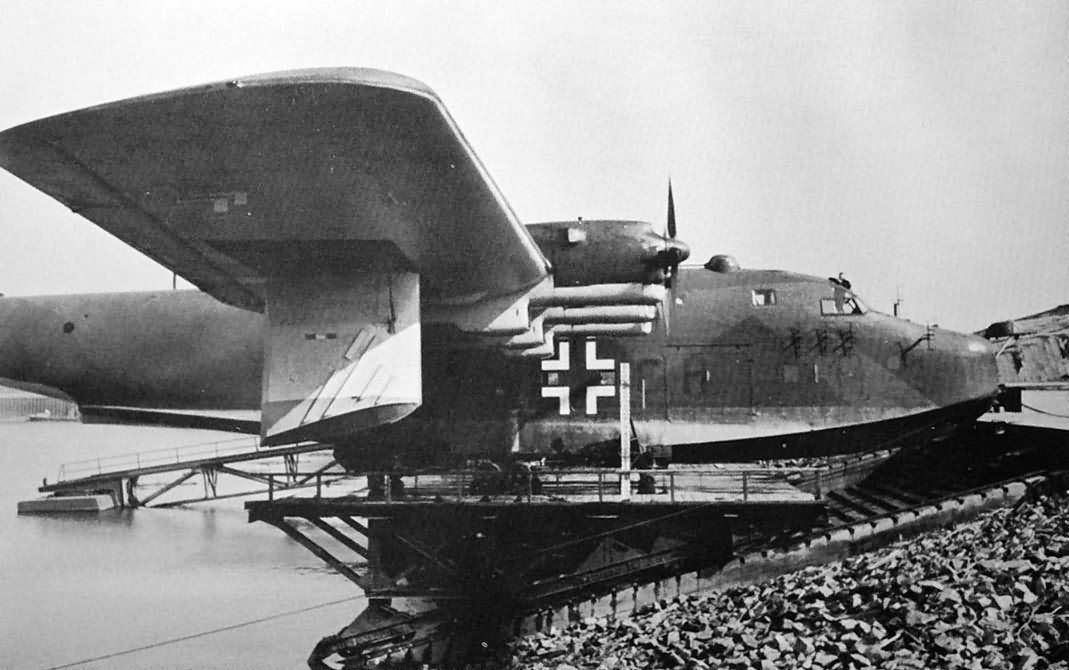
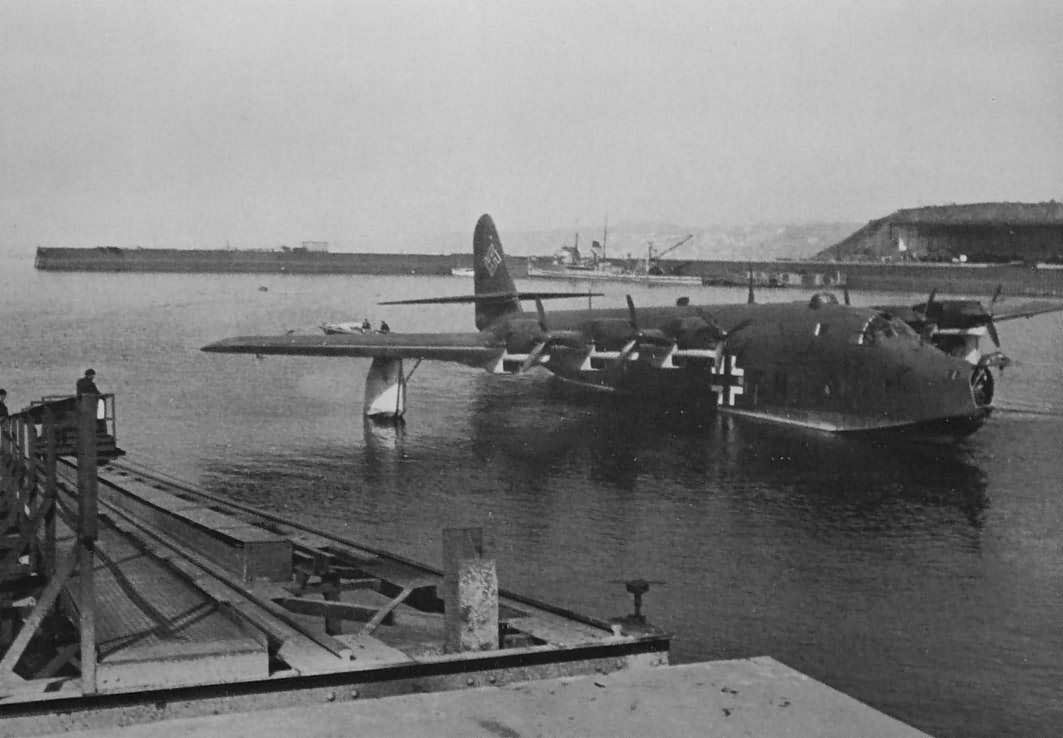
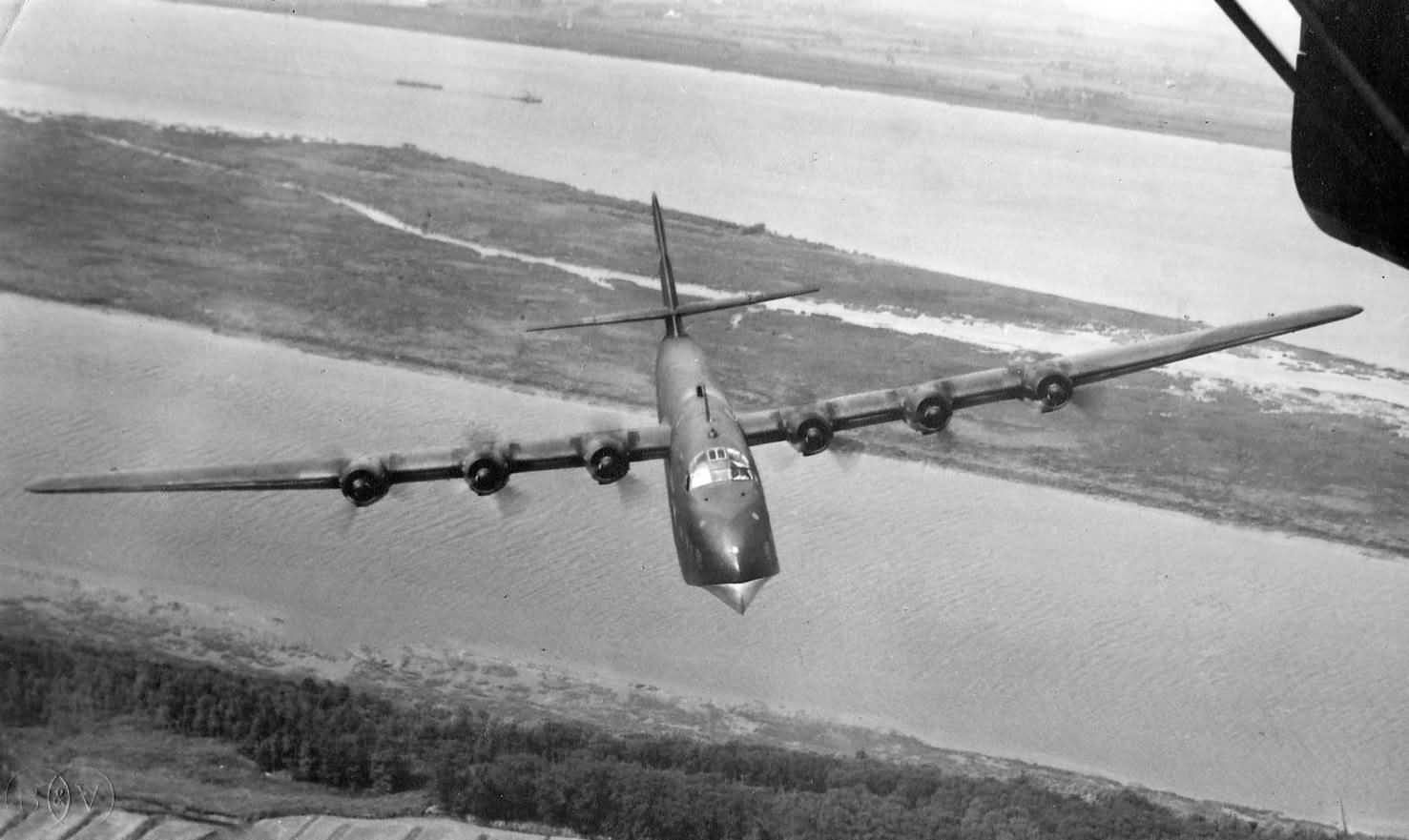
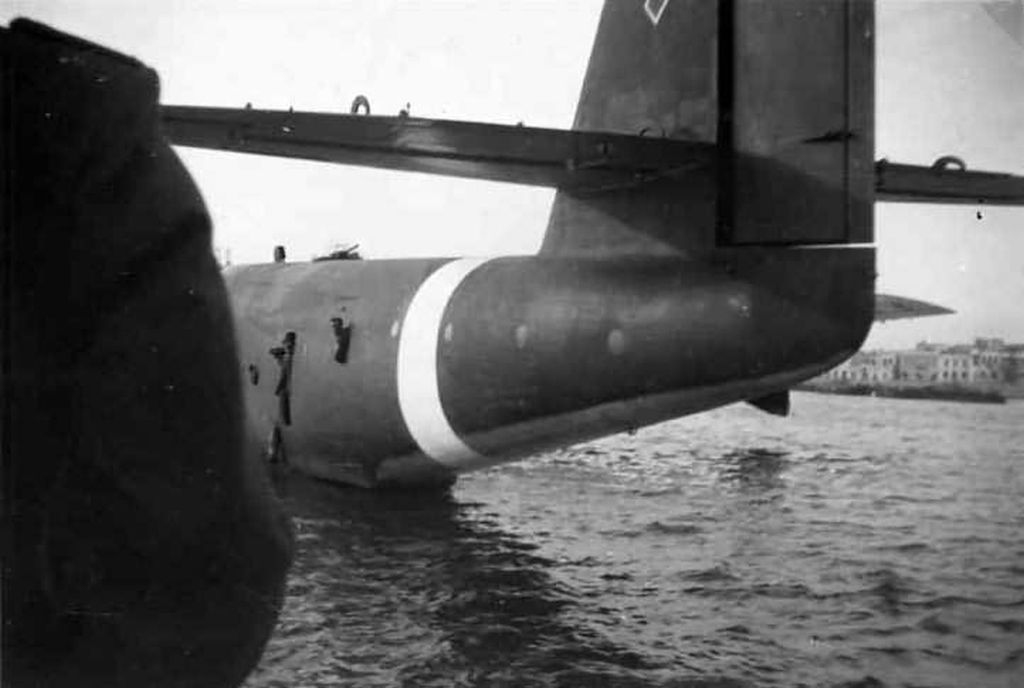
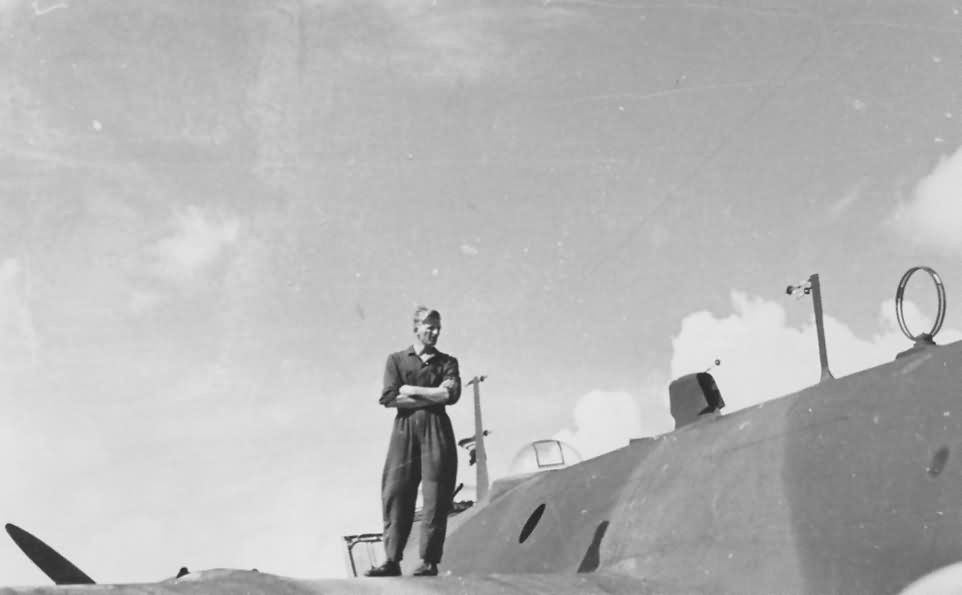
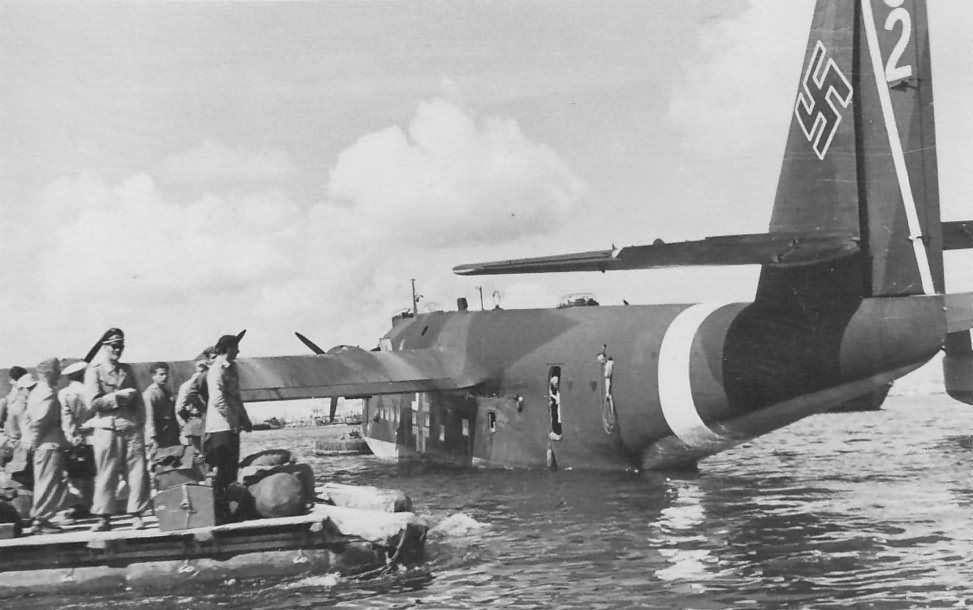
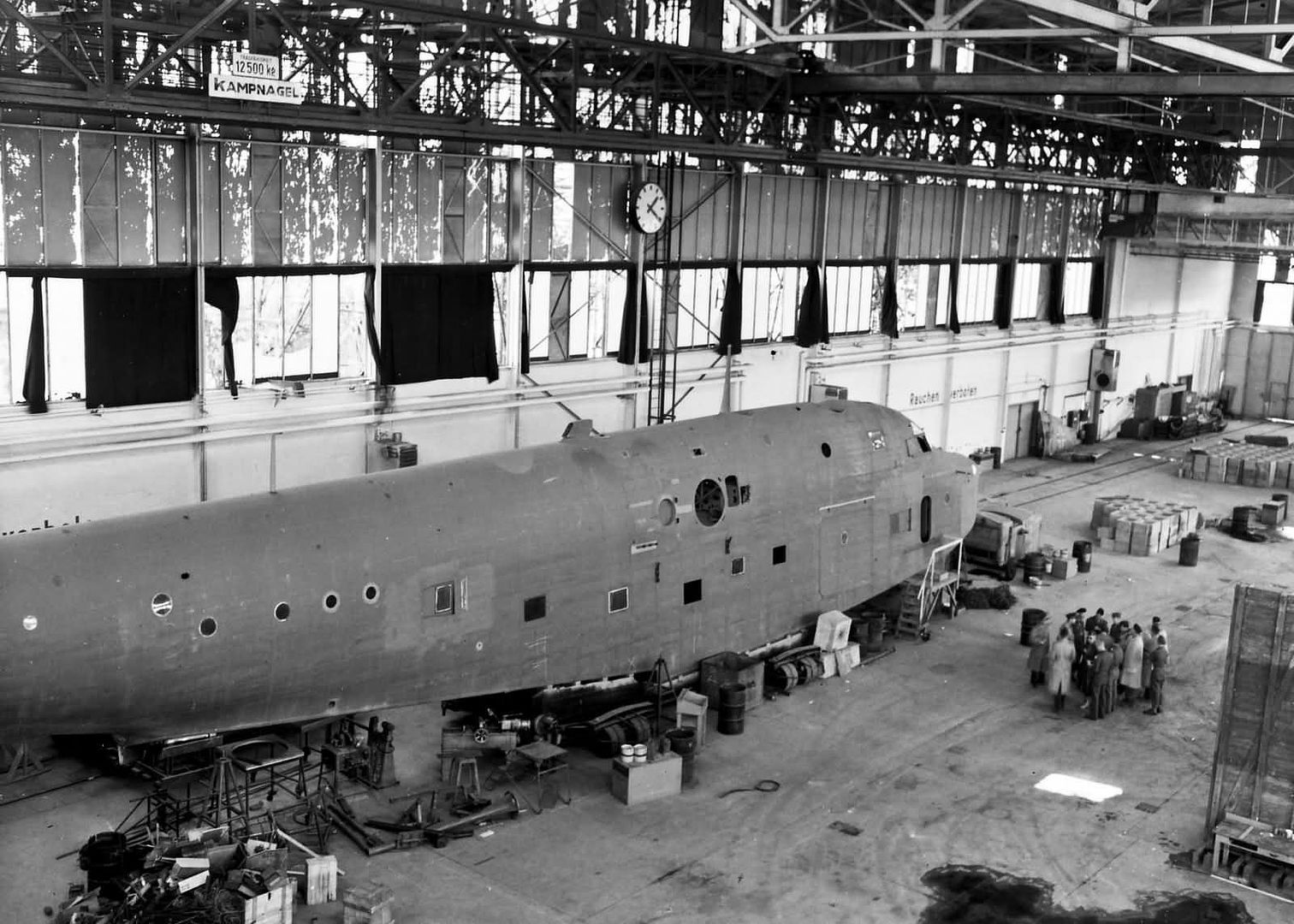

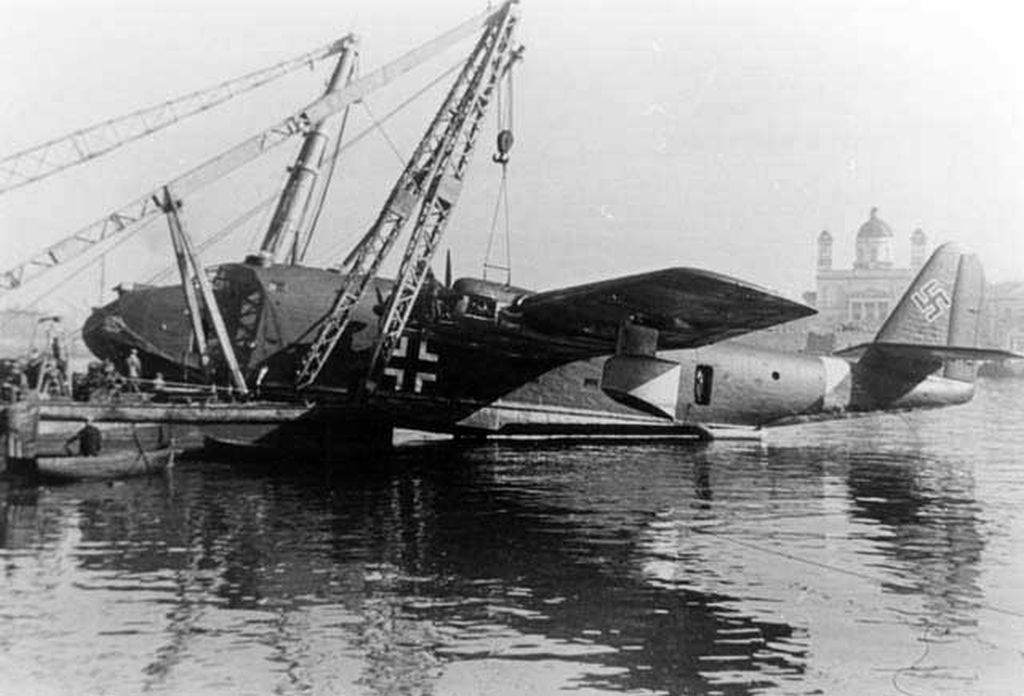
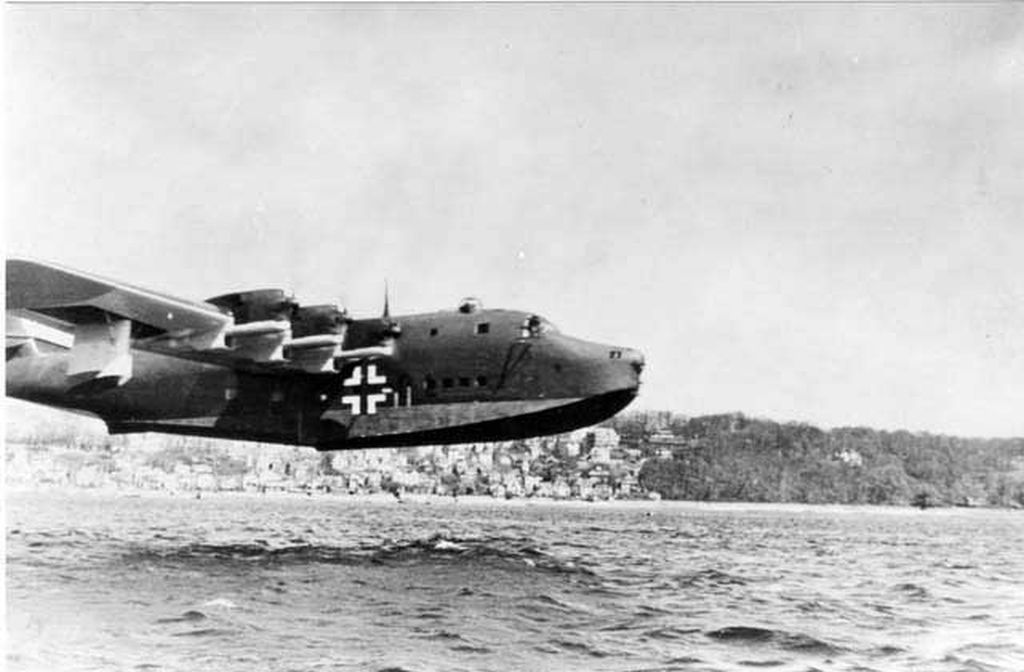
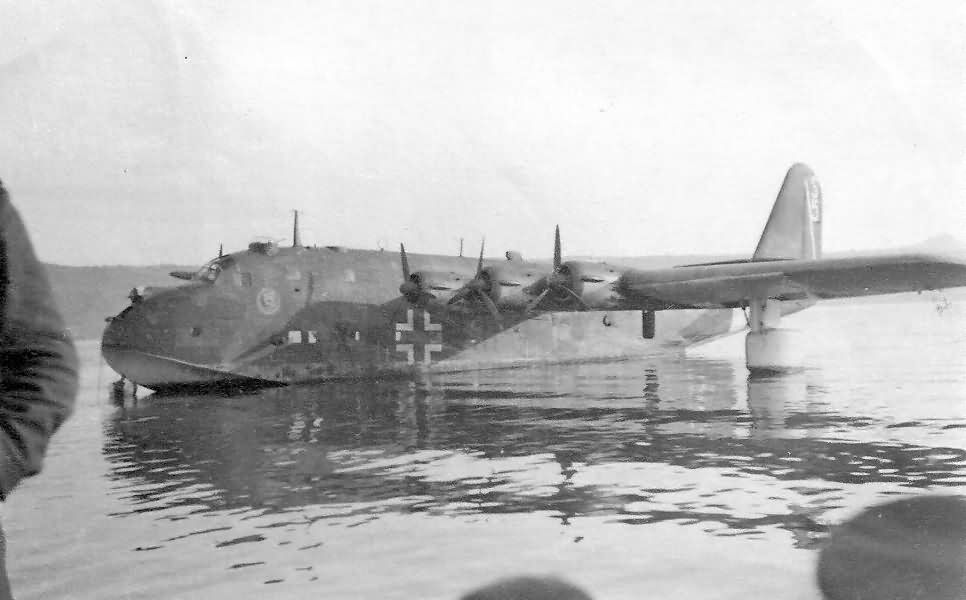
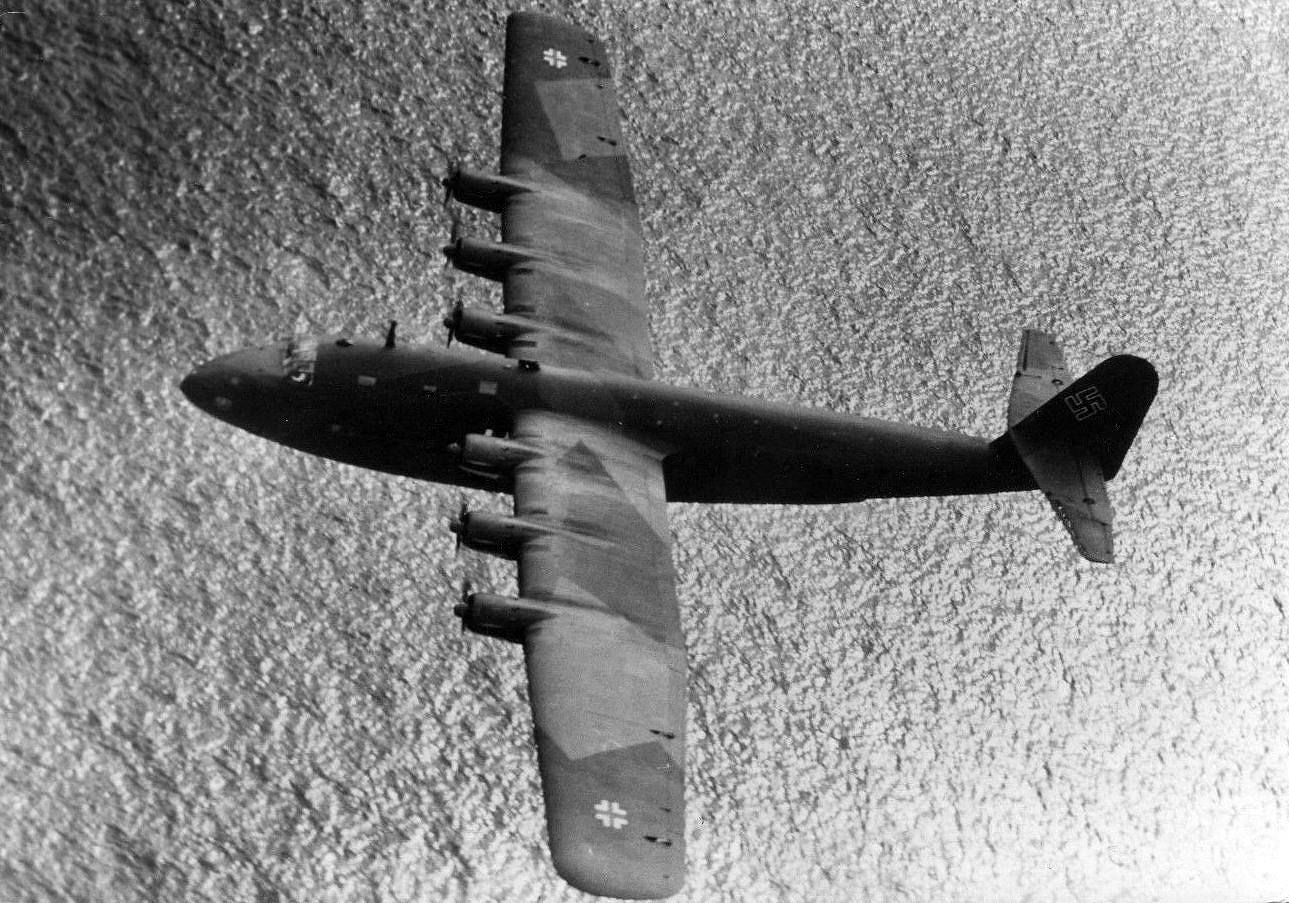
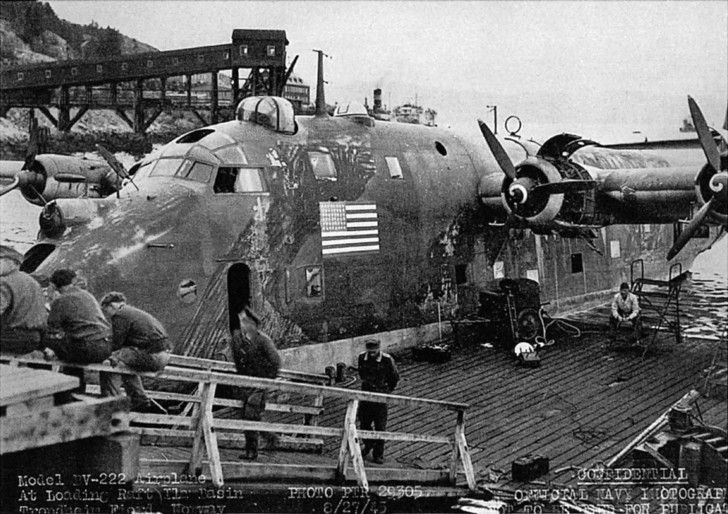
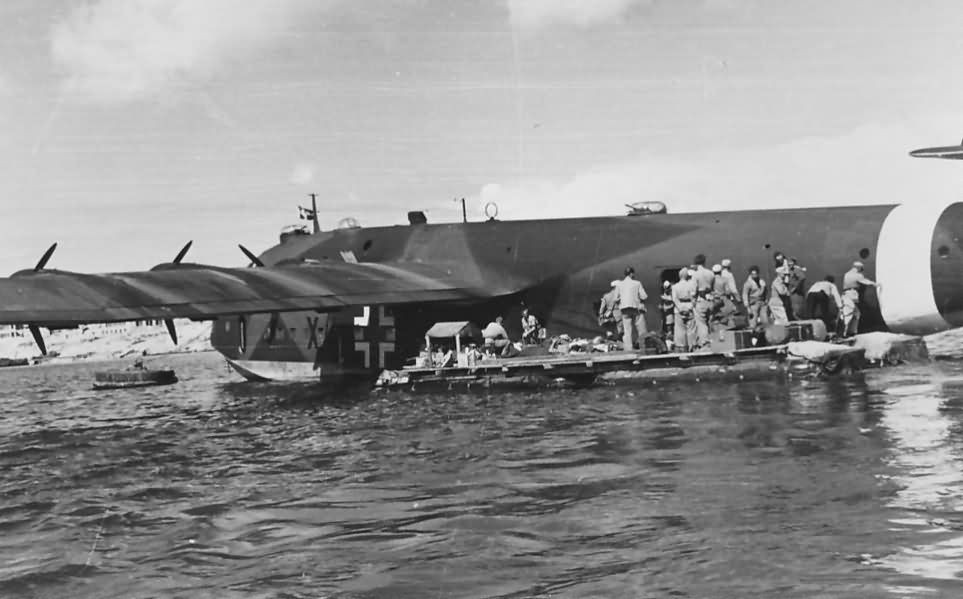
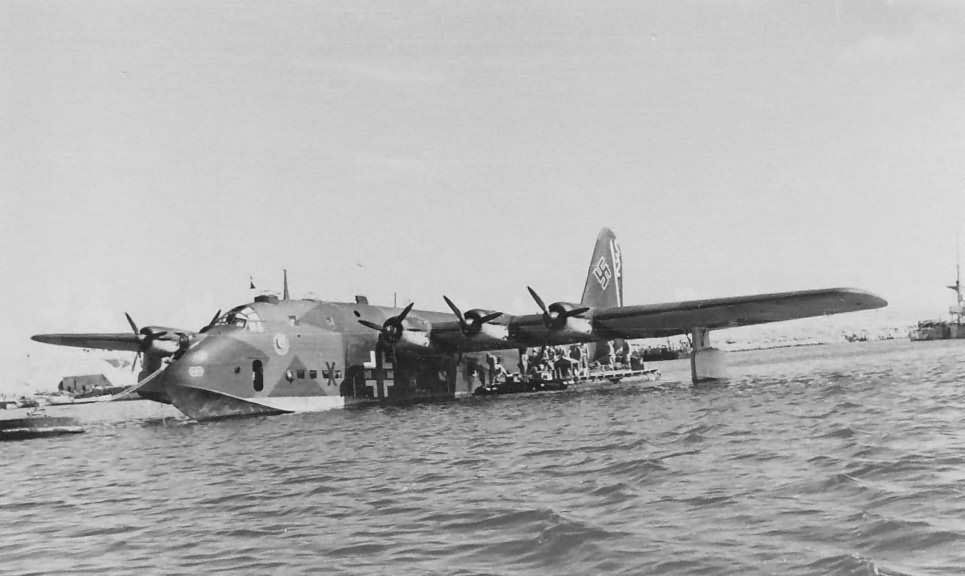
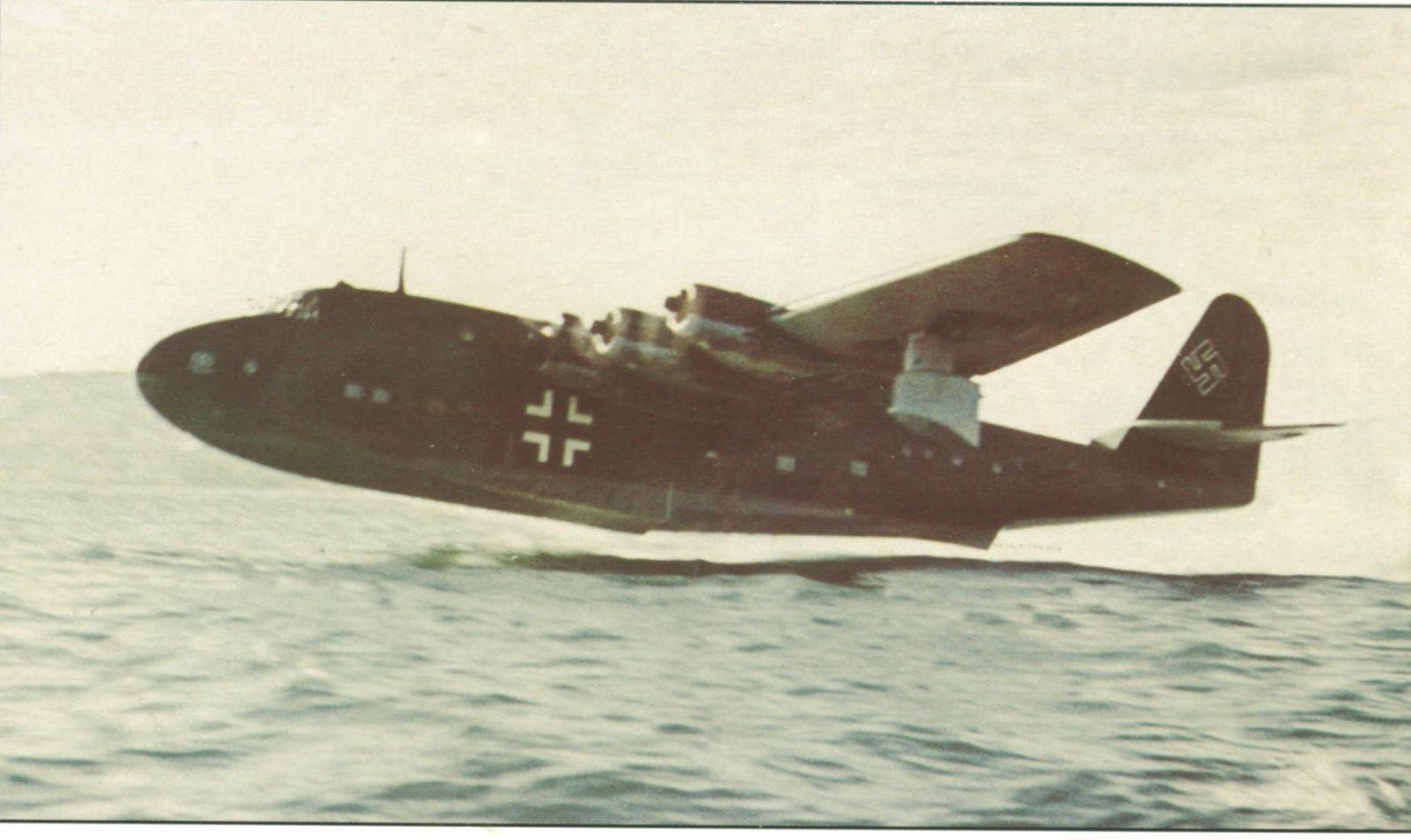
And cutaway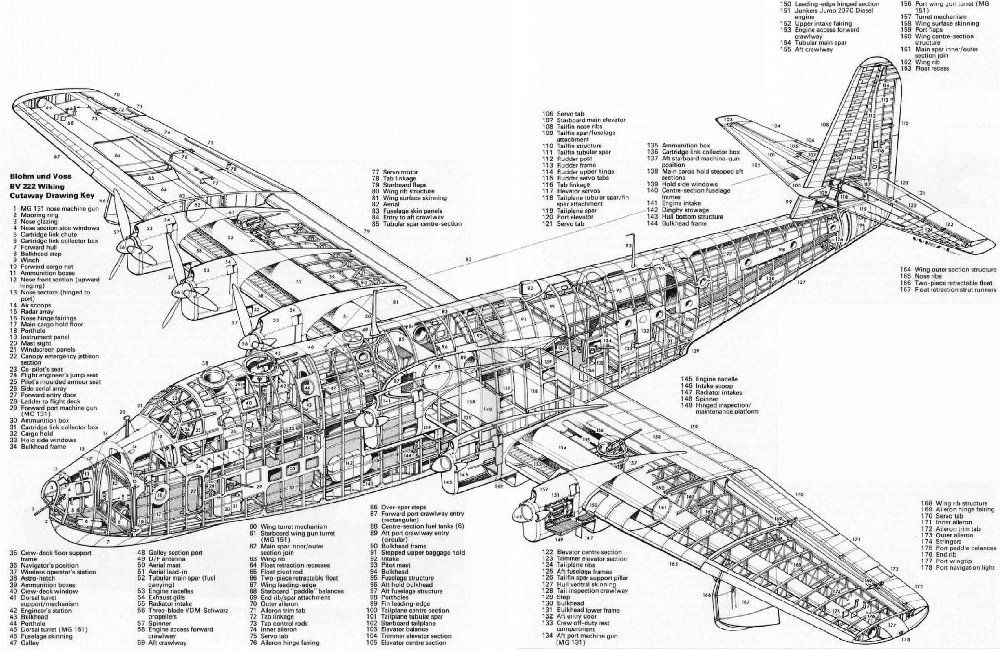
Post a reply
- Go to Previous topic
- Go to Next topic
- Go to Welcome
- Go to Introduce Yourself
- Go to General Discussion
- Go to Screenshots, Images and Videos
- Go to Off topic
- Go to Works in Progress
- Go to Skinning Tips / Tutorials
- Go to Skin Requests
- Go to IJAAF Library
- Go to Luftwaffe Library
- Go to RAF Library
- Go to USAAF / USN Library
- Go to Misc Library
- Go to The Ops Room
- Go to Made in Germany
- Go to Campaigns and Missions
- Go to Works in Progress
- Go to Juri's Air-Raid Shelter
- Go to Campaigns and Missions
- Go to Works in Progress
- Go to Skinpacks
- Go to External Projects Discussion
- Go to Books & Resources
